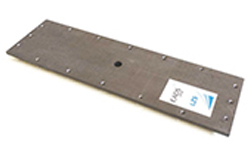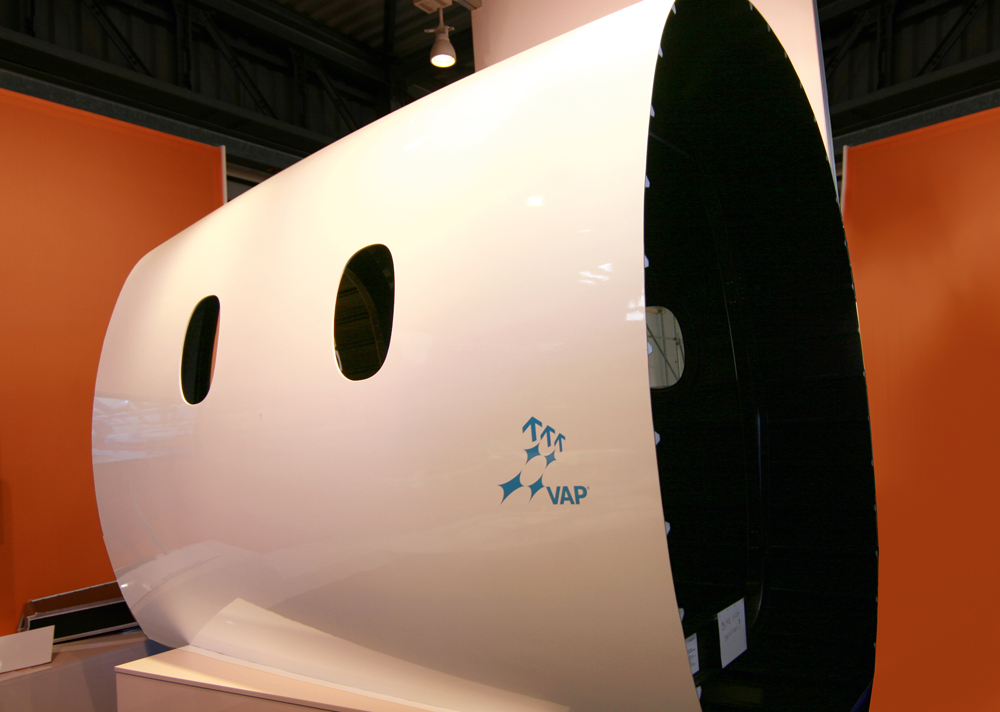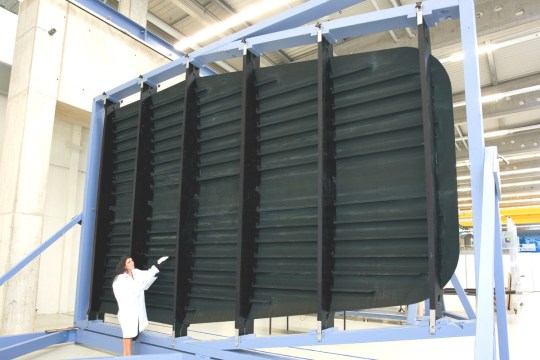Aerospace
VAP® Center of Excellence for aviation applications
The membrane supported VAP® method is an established production process originally developed in the aerospace sector. The Center of Excellence for VAP® use in aviation applications is a community of specialized companies offering core competencies along the component production chain in the areas of engineering, project planning, aviation-qualified patented VAP® membrane systems and further materials, process introduction, production support, contract manufacturing and component qualification. The Center of Excellence is thus able to provide international customers a raft of end-to-end services and aids for all areas of VAP® implementation and product realization.






